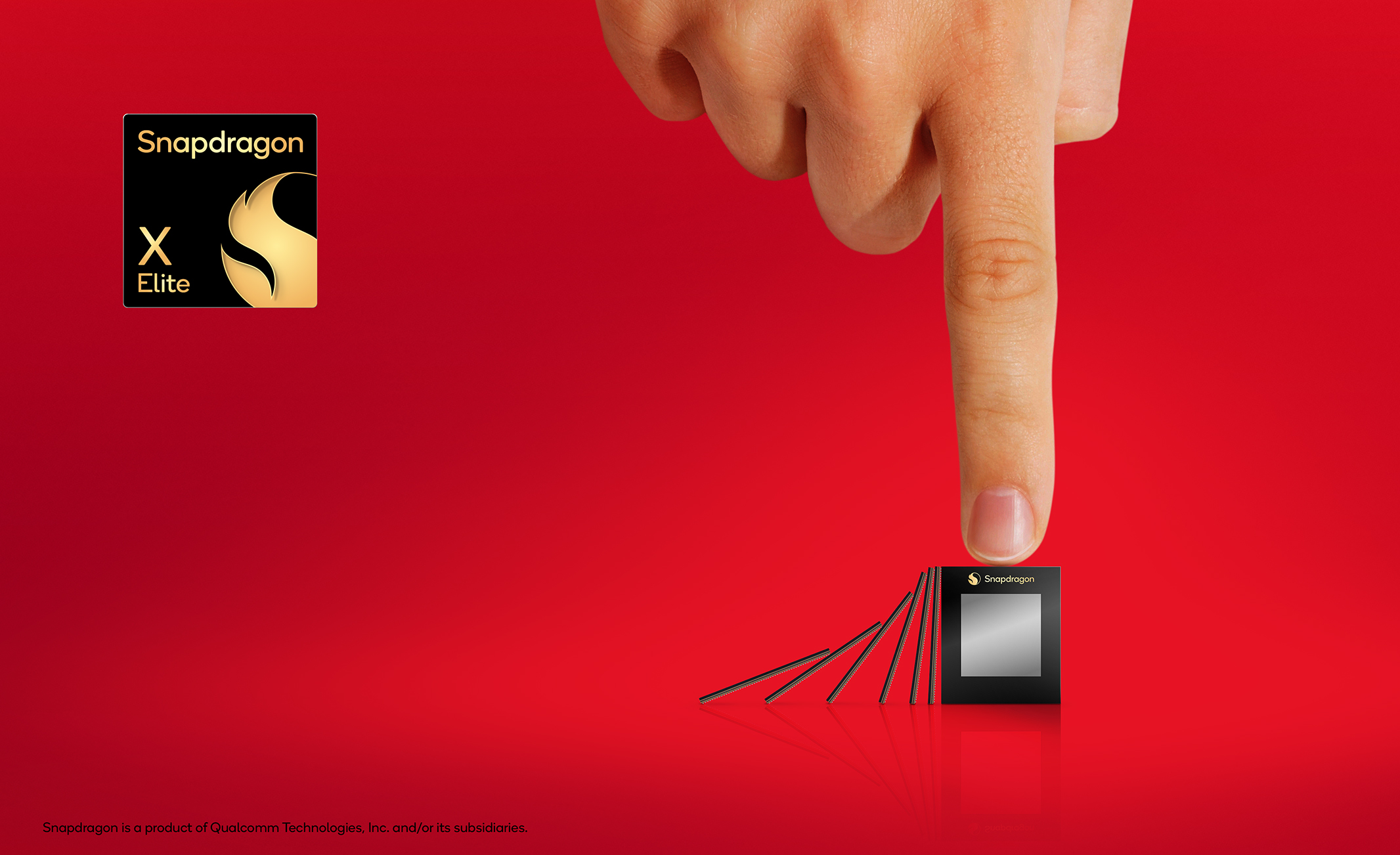GPU performance numbers of Qualcomm’s highly-anticipated Snapdragon X Elite processor in theAshes of the Singularitybenchmark have beenpublishedin the benchmark’s database (via@BenchLeaks). While the results do not look bad for a pre-production mobile processor, they don’t exactly generate excitement.
Apparently, Qualcomm’s Adreno GPU in the Snapdragon X Elite X1E80100 processor only scores1.300 pointsin Min_1080p preset level with an average framerate of 13.7 FPS in a 2880x1800 resolution inAOTS. Meanwhile, Qualcomm’s Adreno GPU in the Snapdragon 8cx Gen 4 GPU scores1,800 pointsin Min_1080p preset level with an average framerate of 19.7 FPS in 2560x1440 resolution. Of course, we are dealing with pre-production silicon and pre-production drivers (probably not optimized forAOTS), but the results somewhat contradict to the picture thatQualcomm demonstrated just a few months ago.

The main selling point of Qualcomm’s Snapdragon X Elite processors for laptops is going to be its Oryon general-purpose CPU cores developed by Nuvia, a company founded by former Apple engineers that Qualcomm acquired in 2021. However, graphics performance of the upcoming system-on-chip (SoC) will be equally important for some who decide to go with the new Windows-oriented Arm-based chip.
Based on performance numbers that Qualcomm demonstrated back in October, the upcoming Snapdragon X Elite processors indeed feature a decent GPU that is better than the GPU in Apple’s M2 and AMD’s Ryzen 9 7940HS based on the Aztec Ruins and Wildlife Extremebenchmarks. Yet, at least based on these benchmarks, the Adreno GPU cannot really beat its predecessor in the AOTS benchmark.

For now, we would refrain from drawing any conclusions about the GPU inside the Snapdragon X Elite X1E80100processor because we are dealing with pre-production silicon and software and because it is possible that this particular version of the SoC has a cut-down GPU.
Get Tom’s Hardware’s best news and in-depth reviews, straight to your inbox.
Anton Shilov is a contributing writer at Tom’s Hardware. Over the past couple of decades, he has covered everything from CPUs and GPUs to supercomputers and from modern process technologies and latest fab tools to high-tech industry trends.